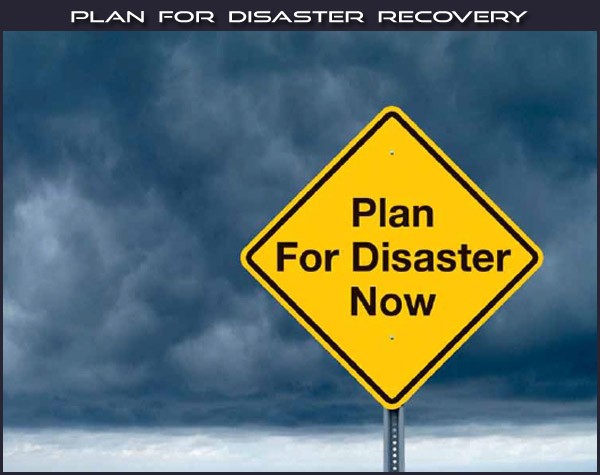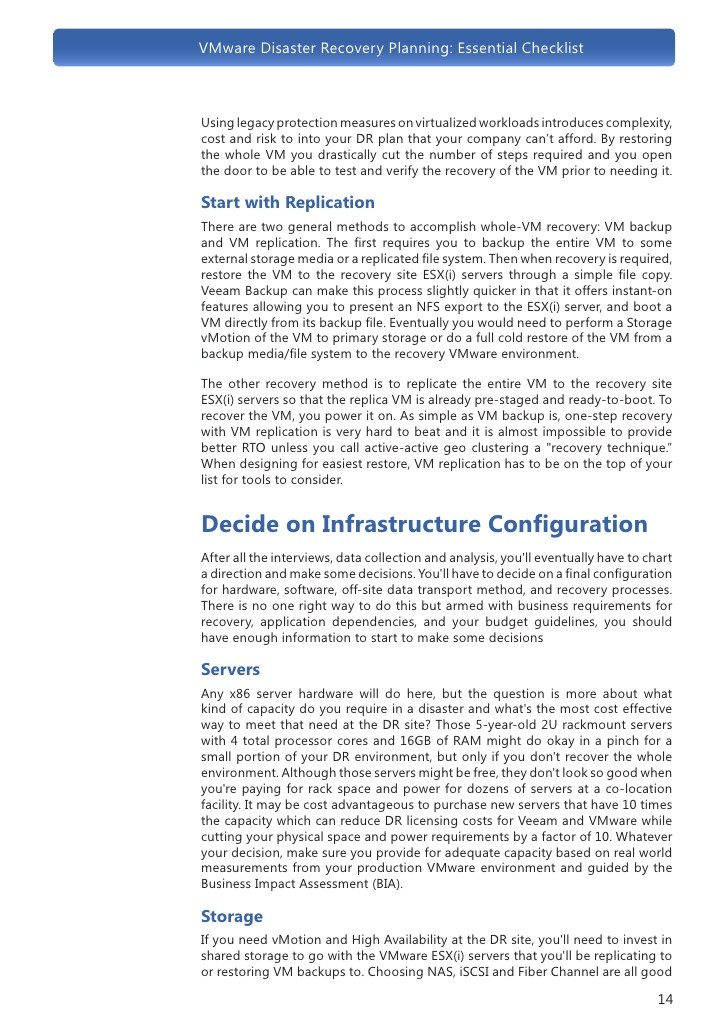Business Protection Why a disaster recovery plan matters
Post on: 4 Апрель, 2015 No Comment

This is a series of articles on Business Protection .
Learn more about protection for your business in the following articles:
Back in 2010, DBS experienced one of the biggest laspes in its service – it experienced an IT system breakdown that caused over 1,000 POSB and DBS ATMs and 230 cash-deposit machines to stop working. High value transactions valued at millions of dollars were delayed. The impact was so large that the Monetary Authority of Singapore fined DBS fined $230 million for the discruption in service.
Imagine if your business suffered a technical glitch. How can you recover fast enough to prevent huge financial losses? The answer lies in two words: disaster recovery (DR).
What is Disaster Recovery?
A disaster is anything that threatens business operations on a sustained basis. What were technical faults at DBS could come in the form of hacker attacks, computer viruses, or IT system crashes for other businesses.
Why Should You Bother?
The importance of having a DR remedial plan cannot be over-emphasised. In growing enterprises, the IT infrastructure may fall under the responsibility of someone whose skill sets may not be IT-centric. This amplifies the problem. Let’s say if disaster really does strike, and the entire company’s database crashes, how can you bring it back quickly?

The Remedy for Growing Enterprises
Here are some tips for formulating your DR plan:
- Backup and replicate your company data. Own more than just one copy.
- Make sure the DR plan is accessible in hard copy to anyone who is called upon to respond to the disaster. Soft copies work but if your server crashes, then you lose your plan!
- Communicate the DR plan to all employees and not just a select few. If your server crashes, everyone is affected, and the last thing you need is a glut of people standing outside your door, telling you they cannot access their emails.
- Make sure that there is a backup for you. In the event that you are unavailable when disaster strikes, you need to have in place someone who is the backup DR coordinator. He/she needs to know exactly where your DR plan is, and how to execute it.
- If you have the budget, invest in spare hard drives, cables and servers. That way, you can transfer the data onto backup storage should the disaster escalate.
- Test-drive your DR plan to root out problems. It’s better to know now than later if everything works. Test your backup hardware. Schedule a time and place to do this. The last thing you want to find out is that your backup hard drive is broken, and needs its own backup!
- If you need to outsource IT capabilities, find a vendor who can provide you with pre-packaged DR solutions .
High Cost of Disasters
With fewer resources available than MNCs, growing enterprises may be more vulnerable to disasters. The repercussions could be huge – costing businesses millions of dollars. For the growing enterprise, you can potentially avoid these costs, if you take steps to protect your business from disasters, big or small, today.














